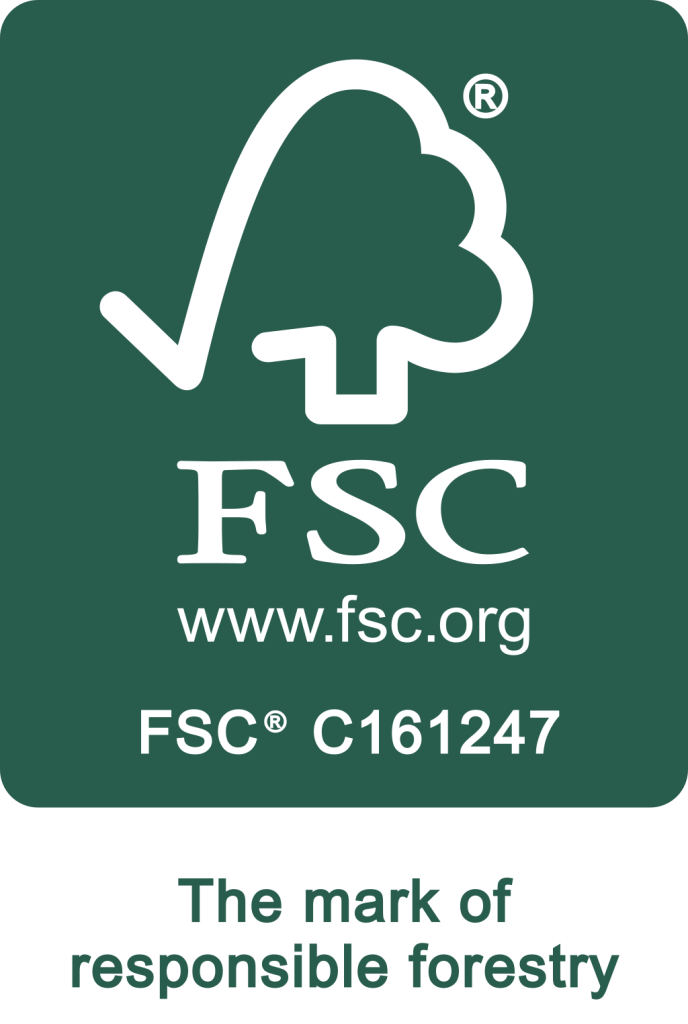When we think of global institutions making an impact on our daily lives, the United Nations (UN) may not immediately come to mind. Yet, from the air we breathe to the products we use, the UN’s influence is woven into the fabric of our existence, often in ways we don’t fully recognize. One of the most pivotal interventions the UN has made in recent history, particularly relevant to the packaging industry, was the global phase-out of chlorofluorocarbons (CFCs). The elimination of CFCs marked a turning point, not just for the ozone layer but for industries worldwide, including packaging.
The CFC Era
In the late 20th century, CFCs, primarily used in refrigeration and aerosols, were discovered to be responsible for depleting the ozone layer. The Montreal Protocol, signed in 1987, saw the world unite in an unprecedented act of environmental diplomacy, spearheaded by the UN. The result? A phasing out of CFCs that has led to the gradual healing of the ozone layer, a concrete demonstration of what global cooperation can achieve.
The impact of this on packaging was substantial. Aerosol sprays, a mainstay in packaging for personal care products, had to adapt. Manufacturers were forced to innovate, to rethink not just the propellants they used but the very containers that housed them. This led to the development of more sustainable packaging solutions, such as hydrocarbon propellants and compressed air systems, which are far less damaging to the environment. While the initial transition wasn’t without its challenges, it prompted a re-evaluation of packaging’s environmental impact, one that continues to reverberate today.
The UN’s Ongoing Role in Packaging
The story doesn’t end with CFCs. Since then, the UN has continued to shape the packaging industry through its environmental initiatives. The Sustainable Development Goals (SDGs), launched in 2015, offer a roadmap for reducing environmental harm, including the push for responsible consumption and production (Goal 12). Under this framework, packaging is not merely seen as a means to protect and deliver products but as an integral part of the global sustainability puzzle. Innovations like biodegradable plastics, reduced packaging waste, and circular economy principles are all, in part, inspired by the larger goals set by the UN.
Beyond plastics, the UN’s leadership in promoting climate action (Goal 13) has also spurred industries to adopt low-carbon practices. This includes reducing the carbon footprint of packaging production and exploring renewable materials to replace fossil fuel-based packaging. It’s no longer just about reducing CFCs or harmful chemicals, but about creating an ecosystem where the very materials we use in everyday packaging contribute to a healthier, more sustainable planet.
The Unseen Influences in Our Everyday Lives
From the biodegradable film on our sandwich wraps to the sustainably sourced cardboard of online deliveries, the UN’s influence extends to countless elements of our daily lives that we may take for granted. Regulations inspired by the UN’s work have led to innovations that not only minimize waste but also enhance the recyclability of packaging. The ripple effects of these initiatives are seen in reduced ocean plastics, less toxic chemicals entering our ecosystems, and the slow but steady adoption of circular economy practices. The packaging industry, once focused on convenience, now also prioritises environmental responsibility.
An Inspirational Path Forward
The UN has consistently proven that global challenges require global solutions. Its influence on the packaging industry serves as a reminder of what can be achieved when nations, industries, and consumers come together with a shared purpose. From the elimination of CFCs to the promotion of sustainable development, the UN’s milestones offer more than just historical footnotes, they serve as beacons of hope for the future of packaging and the planet.
As we celebrate United Nations Day, let’s remember that the packaging we interact with daily, often unnoticed, is part of a larger global narrative. A narrative where collaboration and innovation, inspired by the UN’s vision, continue to shape a world where everyday objects not only serve us but also safeguard the environment for generations to come.







